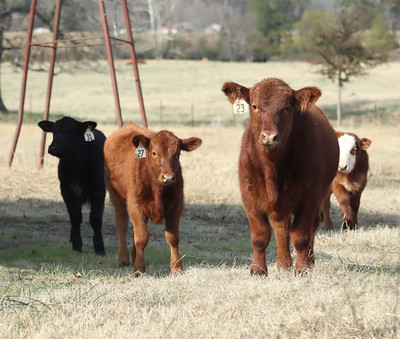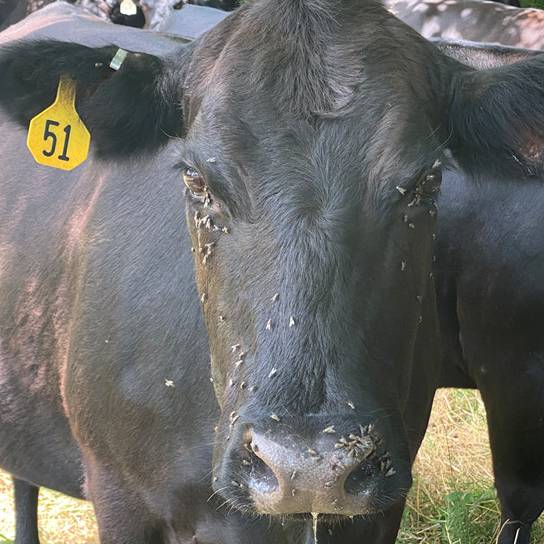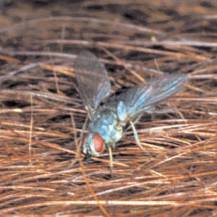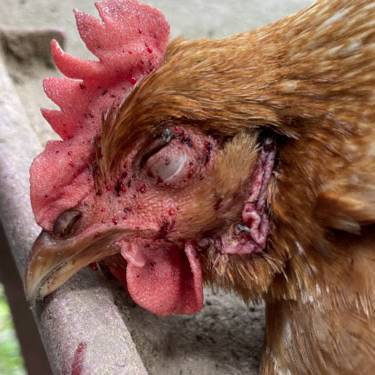Arkansas Livestock Pest Management
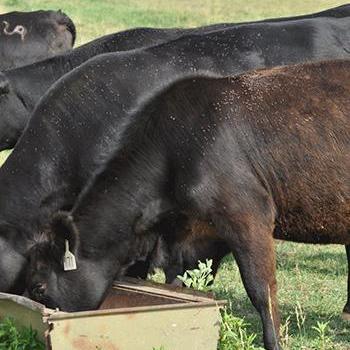
Insects, mites and ticks are all too familiar to livestock and poultry producers as
well as pet and companion animal owners. Pests vary from annoying to deadly.
In extreme situations, arthropod pest infestations may result in the death of the
infested animal. Just like crop pests, animal pests are best managed using integrated
pest management (IPM). We use a variety of feasible, effective and legal means to
manage a specific pest species. The most important aspect of this system is the identification
and monitoring of the pest population to develop an action threshold.
Integrated pest management methods used to control a pest may include cultural, regulatory,
biological, mechanical and chemical (insecticides and/or acaricides). In addition
to pests that feed directly on the animal, we are also concerned with important pests
of livestock forages and livestock premises. Information in the form of factsheets,
newsletters and other written material are available for the major arthropod pest
species found in Arkansas.
Asian longhorned ticks (Haemaphysalis longicornis) and Theileria orientalis genotypes Ikeda and Chitose have been confirmed in Arkansas. The first confirmed
cases of Theileria orientalis Ikeda in Arkansas cattle were reported in 2024. Currently, 15 Arkansas counties have
confirmed cases.
Face flies tend to be a bigger issue for cattle producers in the northern half of
Arkansas. Although this pest fly does not reach pest status every ear like the horn
fly, it will be observed almost every year in north Arkansas.
A horn fly (Haematobia irritans) is about half the size of a house fly and spends most of its time on the back, head
and shoulders of its host.
Black flies are very tiny, blood-sucking flies in the insect family Simuliidae. Large
concentrations of these flies can cause death in animals and poultry due to blood
loss, irritation, shock, and suffocation.
General livestock pest resources
The Insecticide Recommendations for Arkansas (MP 144) lists insecticides labeled to control specific pest species and is divided
into sections based on commodities.
Pest Management Publications
-
Cattle
HORSES
SWINE
POULTRY
FORAGES
SHEEP AND GOATS
PETS
IMPORTED FIRE ANTS

